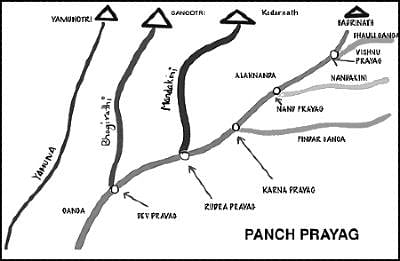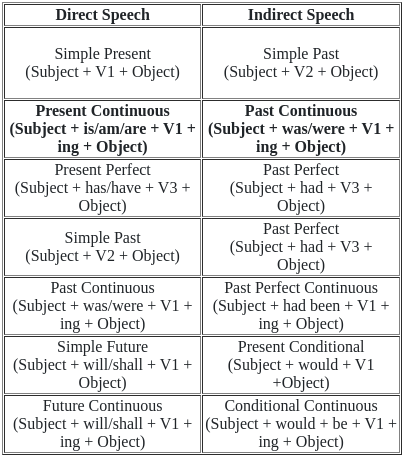SSC Stenographer Mock Test - 3 - SSC Stenographer MCQ
30 Questions MCQ Test SSC Stenographer Mock Test Series 2024 - SSC Stenographer Mock Test - 3
Directions: In the following questions, a matrix of certain characters is given. These characters follow a certain trend, row-wise or column wise. Find out this trend and choose the missing character accordingly.


Based on the position in the English alphabetical order, three of the following letter-clusters are alike in some manner and one is different. Select the odd letter-cluster.
| 1 Crore+ students have signed up on EduRev. Have you? Download the App |
Which one of the following is not correctly matched?
Disputes between two or more states comes under the _______ of the Supreme Court.
Select the most appropriate meaning of the given idiom.
You snooze, you lose
Direction : In the following question select the most suitable option for the direct or indirect narration.
The teacher said to Hari, ''Why did you not come to school, yesterday?''
Sentences of a paragraph are given below in jumbled order. Arrange the sentences in the correct order to form a meaningful and coherent paragraph.
A. But the question that perturbs Ruskin's mind is what social pressure can be exercised against a dishonest person.
B. The merchant, for instance, must supply perfect and pure things to the people.
C. Ruskin believes that in every civilised society there exist five intellectual professions, namely the soldier, the pastor, the physician, the lawyer and the merchant.
D. Persons belonging to these professions are expected to perform their duty honestly.
Select the option that expresses the given sentence in indirect speech.
He said, “I have got the prize”.
Select the most appropriate synonym of the given word.
Gigantic
As per the given passage, where is the keratin protein present in our body?
The following sentence has been split into four segments. Identify the segment that contains a grammatical error.
I love the dogs /; but I don’t like / the dog my friend Tinzie / owns since it bites people.
Select the option that expresses the given sentence in indirect speech.
She said, “I am going to the library to return the book”.
Select the most appropriate ANTONYM of the given word.
Opaque
One of the following parts of the given sentence may contain an error. Select the part that contains the error from the given options. If you don’t find any error, mark ‘No error’ as your answer.
Jaya takes classes for two months to pass the National Eligibility test.
Select the most appropriate option to fill in blank No. 3.
Select the most appropriate option to fill in blank No. 4.
Select the most appropriate option to fill in blank number 1.
The following sentence has been divided into parts. One of them may contain an error. Select the part that contains the error from the given options.
She has been speaking / four languages / very fluent / since childhood.
Select the most appropriate option that can substitute the underlined segment in the given sentence.
Me and Samridhi live here.
Direction: Sentences of a paragraph are given below. While the first and the last sentences (S1 and S6) are in the correct order, the sentences in between are jumbled up. Arrange the sentences in the correct order to form a meaningful and coherent paragraph.
S1. We are living in the era of information and communication.
A. Though information and knowledge are different, people with much information are considered knowledgeable.
B. So, English language communication skills are indispensable for any job aspirant.
C. To transfer information, the language widely used in today’s world is English.
D. Employers are not compromising with English communication skills of the employees.
S6. What is strongly believed to be true is that English skills can be of great help when professionals are dealing with different nationalities.
Select the most appropriate synonym of the underlined word in the following sentence.
She wore a whimsical dress adorned with colourful patterns.
Select the most appropriate option that can substitute the underlined segment in the given sentence.



















